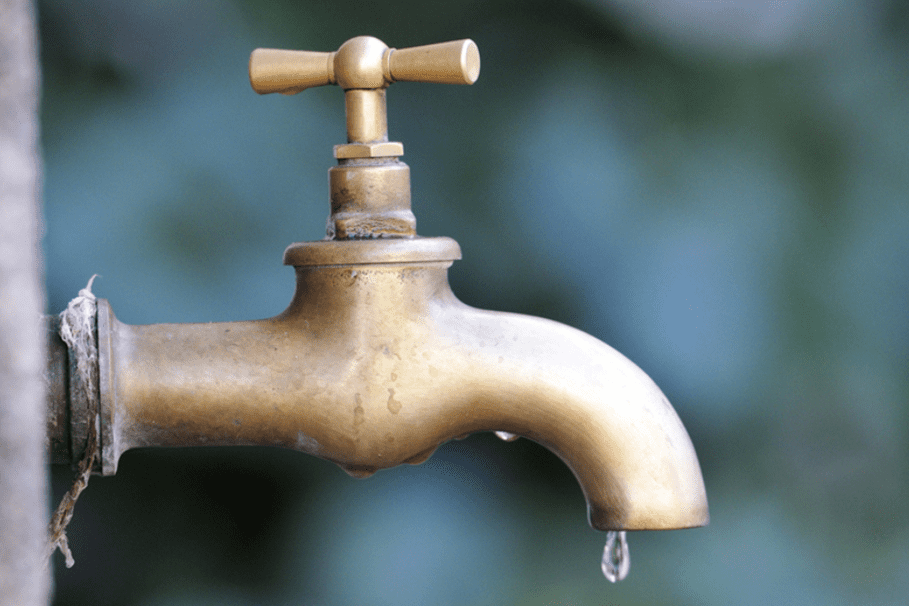This great article below involving How to Prevent Frozen Pipes is highly attention-grabbing. Don't overlook it.

All house owners who stay in temperate climates need to do their ideal to winterize their pipelines. It is something you must do throughout autumn prior to deep wintertime really starts. Failure to do so can spell calamity like frozen, broken, or ruptured pipelines. If the weather exterior is shocking, right here are some convenient winterizing hacks to keep your plumbing system secured also.
Try a Hair Dryer or Heat Weapon
When your pipelines are almost freezing, your dependable hair dryer or warm weapon is a blessing. If the warm towels do not help remove any type of working out ice in your pipelines, bowling warm air straight right into them might aid. You may end up harmful your pipelines while attempting to thaw the ice.
Open Up Cupboard Doors Hiding Plumbing
It would be helpful to open up closet doors that are masking your pipelines when it's cool outside. For instance, they could be somewhere in your cooking area or washroom. This will allow the warm air from your heating system to distribute there. Consequently, you prevent these subjected pipelines from cold. Doing this small method can maintain your pipes warm and limit the possibly unsafe end results of freezing temperature levels.
Take Some Time to Wrap Exposed Pipeline
One easy as well as clever hack to warm up frigid pipes is to wrap them with warm towels. You can also use pre-soaked towels in hot water, just don't forget to wear safety handwear covers to protect your hands from the warm.
Switch on the Faucets
When the temperature drops and it appears as if the frigid temperature will certainly last, it will help to transform on your water both inside and outdoors. This will maintain the water moving with your plumbing systems. You'll finish up throwing away gallons of water this means.
Shut Off Water When Pipes are Frozen
Shut off the primary water valve instantly if you notice that your pipelines are totally icy or virtually nearing that phase. You will typically find this in your cellar or utility room near the heating system or the front wall closest to the street. Transform it off immediately to stop additional damage.
Don't neglect to shut external water sources, also, such as your hookup for the garden residence. Doing this will stop added water from filling up your plumbing system. With more water, more ice will stack up, which will ultimately lead to rupture pipelines. If you are unsure regarding the state of your pipelines this winter months, it is best to call a professional plumber for an assessment. Taking this proactive approach can save you thousands of bucks out of commission.
All home owners that live in pleasant environments have to do their ideal to winterize their pipelines. Failing to do so can mean calamity like frozen, cracked, or ruptured pipelines. If the hot towels do not assist dislodge any type of resolving ice in your pipes, bowling hot air directly into them may aid. Turn off the main water valve right away if you observe that your pipelines are entirely icy or almost nearing that stage. With even more water, even more ice will certainly load up, which will at some point lead to rupture pipelines.
PREVENT YOUR PIPES FROM FREEZING THIS WINTER
A Leading Cause of Property Damage
When the weather is taking a deep nose dive into the cold dreary days, the risk of your pipes freezing and potentially bursting skyrockets. Unfortunately, during these cold dreary months, burst pipes are the most common denominator for property damage. The pipes that are most at the risk are those that are in areas where it is most cold in your home. For instance, pipes located in interior places such as basements, attics, and your garage. Unfortunately, that doesn’t mean that the pipes running through your cabinets or exterior walls can’t freeze. Good news, however, is that you can do things to help prevent pipes from freezing.
How to Prevent Pipes From Freezing
Once the temperature starts to drop during the winter, you should be taking the proper measures needed to ensure that your pipes stay warm and that there is circulation of water through them. Some steps that experts may recommend could go against your better judgement when it comes to saving water and heat. However, it would go without saying that when expenses are compared, damaged pipes could put a bigger dent in your wallet than a water bill.
What Can I Do?
Keep your garage door closed. This is very important, especially if you have water supply lines running through your garage. Open your kitchen and bathroom cabinets to allow warm air to circulate through them. Allow air circulation throughout your home. Keeping the interior doors open will once again allow the warm air to circulate inside your home. Ensure your thermostat is running the same temperature throughout the night and day. If you plan to be away from home during the cold months, set your temperature no lower than 55° F. This should provide enough heat to keep the pipes warm and prevent any remaining water inside the pipes from freezing. For more of a long-term solution, add insulation to attics, basement, and other crawl spaces around your home. By allowing your faucet to drip, it will alleviate pressure in the system. This is important because the pressure that is created between the blockage and the faucet can potentially cause the pipes to burst. Allowing the faucet to drip will prevent the pressure from building up, therefore keeping the pipes from bursting. Seal any cracks, openings, and crawl spaces around your home to prevent cold air from coming inside. This keeps your pipes-not to mention your home-warmer and less susceptible to issues caused by freezing temperatures. For the pipes in your home that are easily accessible, applying electrical tape to them might prevent them from freezing over. This is a quick fix, as you can apply the tape directly to the pipe. There are two options for heating tapes. One turns on and off by itself when it senses heat is needed. The other type of heating tape needs to be applied when heat is needed and removed when not necessary. If you have exposed pipes in your home, you can check this website to take a look at a few options that would be available at a shop near you.

We were made aware of that write-up about How to stop pipes from freezing during the winter from a good friend on a different web address. Sharing is caring. You never know, you may just be doing someone a favor. Thanks a lot for your time. Don't forget to pay a visit to our blog back soon.
Visit Url